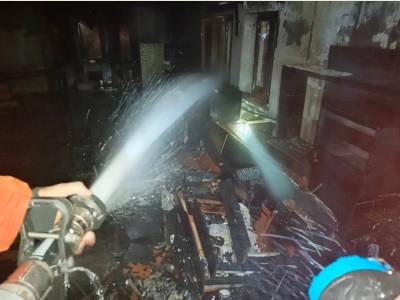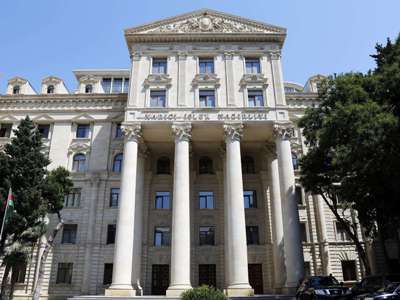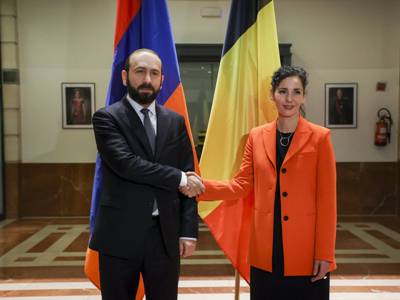“The Legacy of Aggression: Analyzing Azerbaijani Aggression and Artsakh’s Struggle in National Conference”
A national conference on “The Azerbaijani aggression 35 years ago and the military aggression of Artsakh in 2020-2023” took place on December 21 at the National Academy of Sciences of the Republic of Armenia. The purpose of the conference was to engage in scientific discussions and analyze the issue of aggression from the perspectives of legal experts and political decision-makers.
The conference began with welcoming remarks from Yuri Movsisian, the rector of the National Academy of Sciences of Armenia. He emphasized the significance of the conference, stating that it explores not only the scientific aspects of aggression but also its practical relevance in today’s world. The Azerbaijani aggression originated from the Karabakh movement, with the first phase commencing in 1918 when the Azerbaijan Republic sought to include Karabakh in its territory through war. On the other hand, the Artsakh liberation movement aimed for either independence or inclusion in Armenia. The war concluded with the establishment of the Lachin Region in 1923, adding it to the Azerbaijan SSR, even though 94 percent of its population comprised Armenians. Unfortunately, this administrative arrangement failed to bring any positive changes, leading to a continuous decline in the region’s population over the next 70 years. Similar districts were established in Azerbaijan from 1960 to 1987, outnumbering those in the Lachin Region. Consequently, the demographic coefficient of the Lachin Region was lower than the national average according to the 37.6 census of Azerbaijan. Shushi, a fully Armenian city, had a majority Armenian population until administrative changes were approved. In 1914, 53.3 percent of Shushi’s population was Armenian, while Tartars constituted 44.8 percent. It became the main population center of the Armenian Republic until 1992.
To alter the demographic structure, a deliberate massacre of 10,000 Armenians took place in Shushi on March 23, 1920, as part of a larger genocide. Consequently, Shushi became part of the Azerbaijan SSR until 1992.
The second phase of the Karabakh movement, starting in 1988, involved the deportation of the Armenian population from Azerbaijan, property confiscation, destruction of cultural landmarks, and massacres in various regions. The Armenian population was forcibly expelled, including from the Lachin Region. Today, we are witnessing the final stages of ethnic cleansing in our country in 2020 and 2023,” said Yuri Suvaryan, inviting attendees of the conference to present not only the problems, reasons, consequences, and issues related to human rights protection but also proposals for resolving the Karabakh conflict.
The conference was jointly organized by the National Academy of Sciences of the Republic of Armenia, the Institute of Oriental Studies, and the “Hazaran” NGO.
Source: NEWS.am




